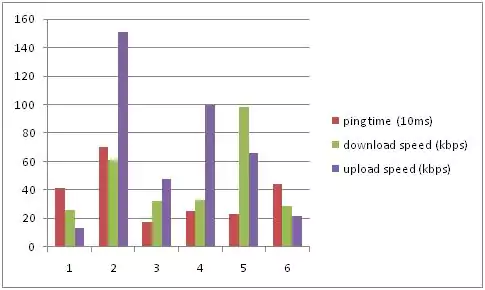
Key Takeaways
- When testing a Mobile app, it is pivotal to acknowledge oneself with strong test planning like identifying the target devices, platforms, and user scenarios that need testing.
- After testing the environment setup, test execution is pivotal to ensure it involves running test cases and scripts to validate various aspects of the app.
- At last, tracking the bugs and resolving the reported issues is vital in the mobile testing process.
- Diverse device fragmentation is one of the time-consuming and hectic processes thus challenging for developers.
- Developers must keep user experience in mind for an application, thus user interface and Optimizing app performance is significant for user satisfaction.
As mobile applications have become a major part of human life it is imperative for developers to take care of the most crucial step i.e. mobile app testing. With this comes efforts to beat the challenges as any bug could significantly disturb the user-experience graph altogether.
This article discusses the roadmap that a developer should consider while facing mobile app testing and how to solve it efficiently.

It is concerned with validating the mobile app’s functionality. It verifies that all aspects of an app, from its features to its responses to user activities, function as planned.
Developers measure the performance of a mobile app in terms of how well it responds to user input, how well it handles growth, and how well it holds up under stress. It helps identify performance-related issues like slow response times, crashes, or memory leaks.
This helps ensure that the app works well across various environments. It involves testing the app’s compatibility with different versions of operating systems, hardware configurations, and network conditions.
With usability testing, you can ensure your software is as user-friendly and straightforward as possible. It involves gathering user input to adjust the site’s structure, layout, and user experience.
The purpose of this is to guarantee the privacy, authenticity, and accessibility of user information. The process comprises simulating and testing real-world scenarios that could compromise the app’s security, including data breaches, illegal access, and hostile attacks.
Interesting Fact: Global mobile app revenue in 2015 was around $69.7 and was predicted to be $188.9 in 2020. That’s a flourishing business.
Test planning involves defining the scope, objectives, and test cases for mobile app testing. It includes identifying the target devices, platforms, and user scenarios that need assessment.
Configuring the hardware, software, and network conditions required for the test environment is pivotal to preparing for testing. It may include setting up emulators, simulators, or using real devices.
Test execution involves running test cases and scripts to validate various aspects of the app. It may require manual or automated testing tools.
Defect tracking and reporting involve documenting and prioritizing any issues or bugs identified during testing. It helps developers track and resolve the reported issues effectively.
Mobile devices come in various makes, models, and operating systems, leading to fragmentation. This fragmentation creates the need for testing across various devices, which can be time-consuming and resource-intensive. This process is as vital as banking app testing and does require considerable attention. Developers must address this challenge to ensure optimal app performance across different devices.
Ensuring compatibility with multiple operating systems (OS) versions adds complexity to mobile app testing. Developers must verify the app’s functionality on different OS versions and address compatibility issues. Thorough assessment and careful attention to detail are necessary for this task.
Mobile apps rely heavily on network connectivity, making testing their performance under different network conditions imperative. Developers should assess app behavior under various network speeds, strengths, and disruptions to ensure a seamless user experience. Testing network-related scenarios help identify and resolve issues related to slow loading, data synchronization, and network interruptions.
Developers must address potential security vulnerabilities by conducting thorough security testing. As part of an organization’s rigorous development process, it must conduct thorough security testing to assess the application’s resistance to unauthorized access, data breaches, and other possible security threats; this ensures user data security.
Developers must test and fine-tune the app’s UI/UX elements, ensuring they are consistent, responsive, and user-friendly across different devices and screen sizes. Usability testing is a great way to find UI/UX problems and get user input for making changes.
Optimizing app performance is significant for user satisfaction. Developers must identify and address presentation bottlenecks, such as slow response times, high resource consumption, and memory leaks. Performance testing, profiling, and optimizing code can ensure a smooth and efficient app experience.
Mobile app assessment encompasses a range of challenges that developers must tackle to deliver high-quality applications. Many organizations leverage mobile app testing tools to help meet these testing challenges. Tools like HeadSpin can help in this regard.
